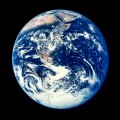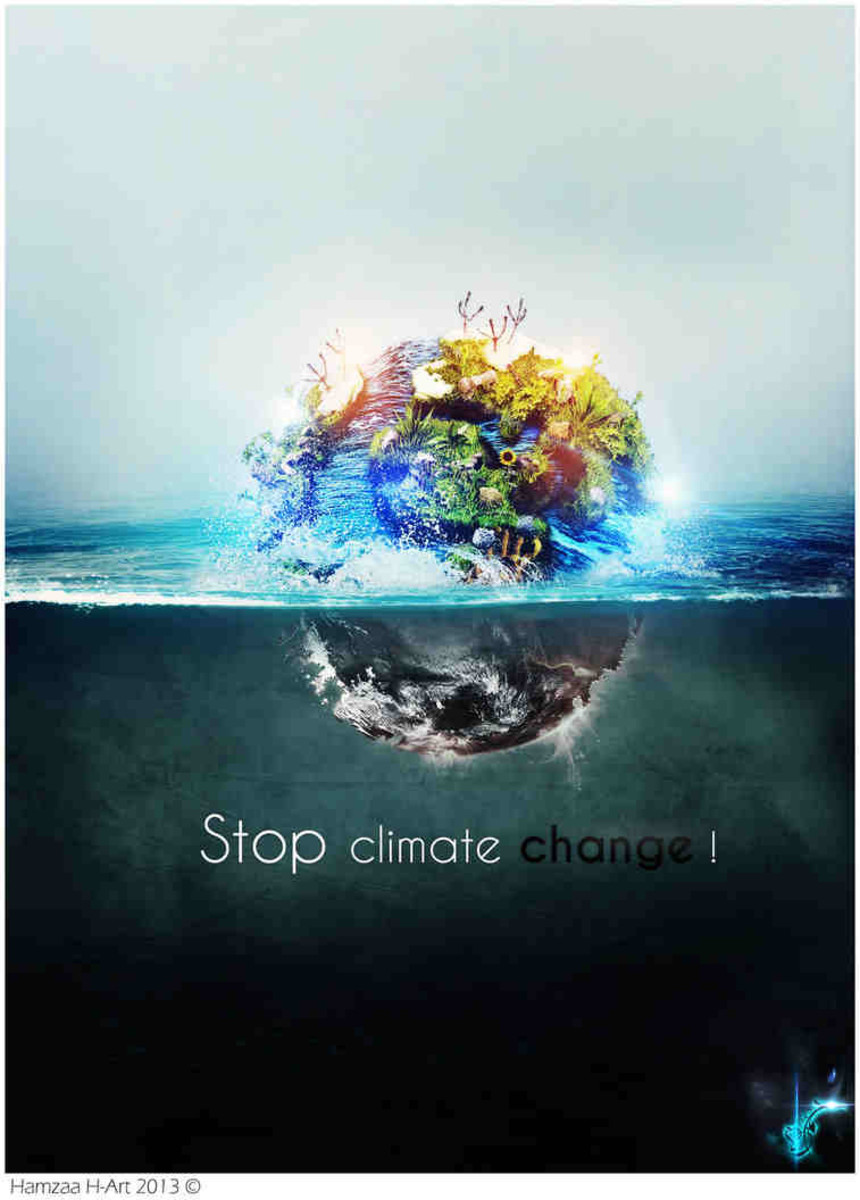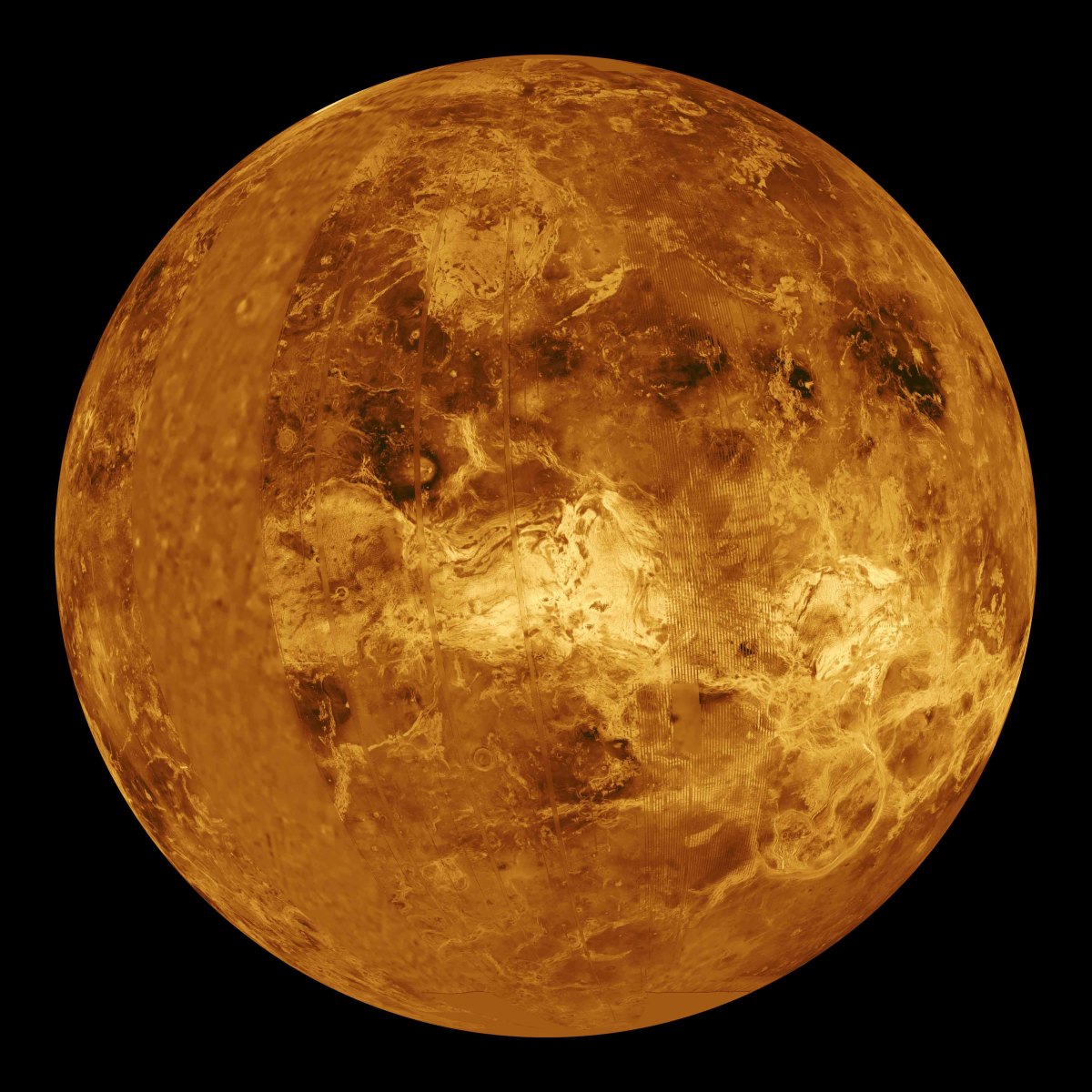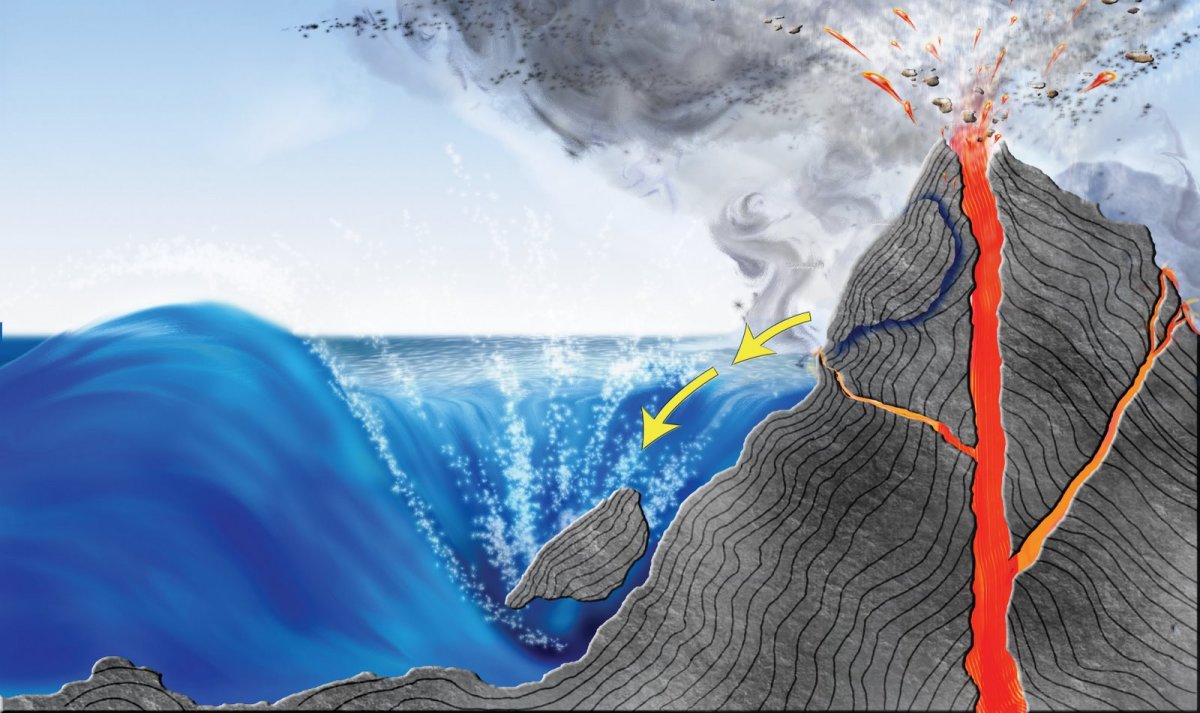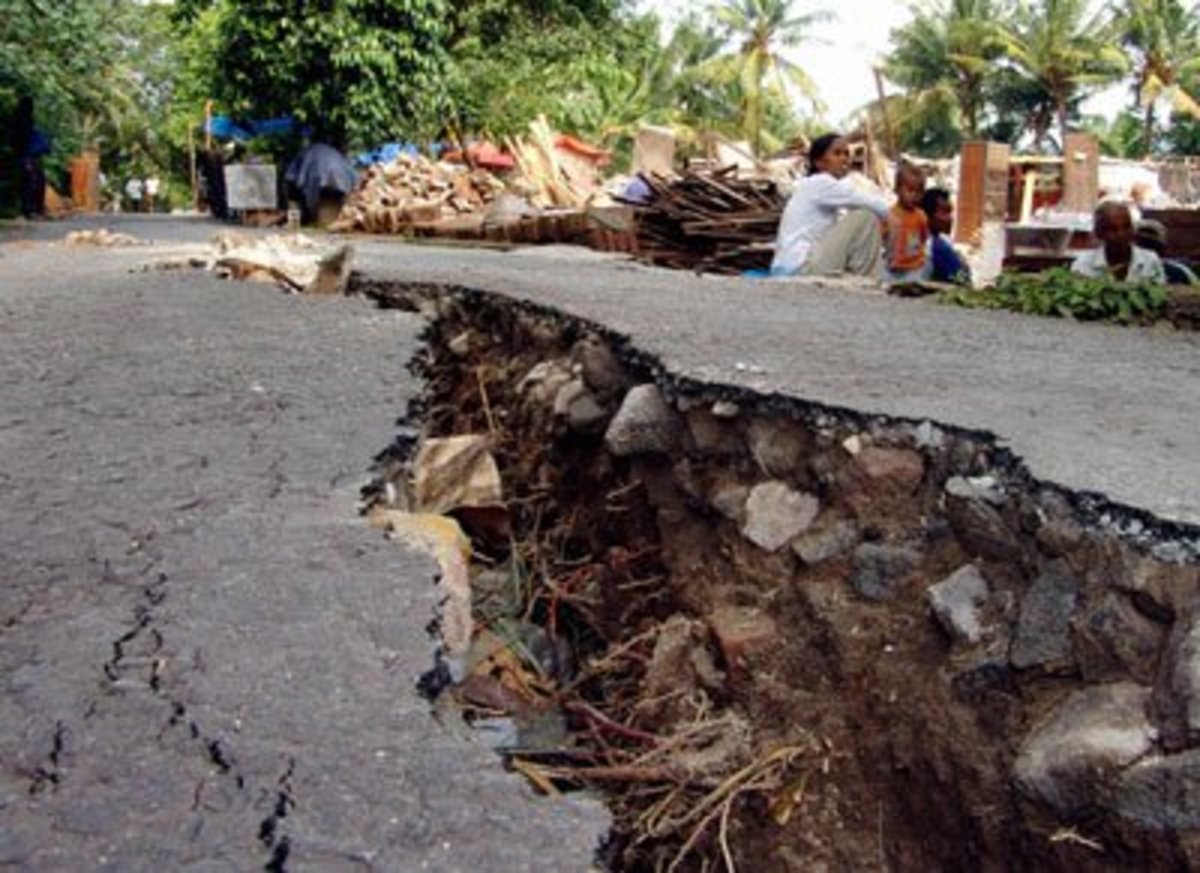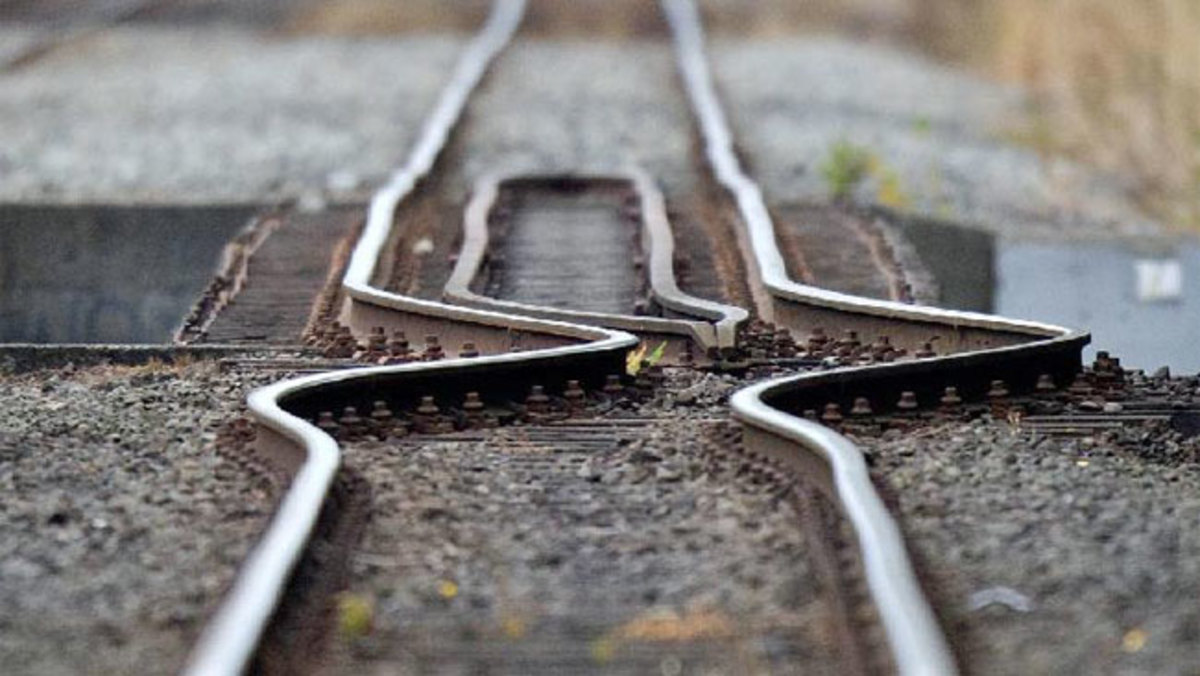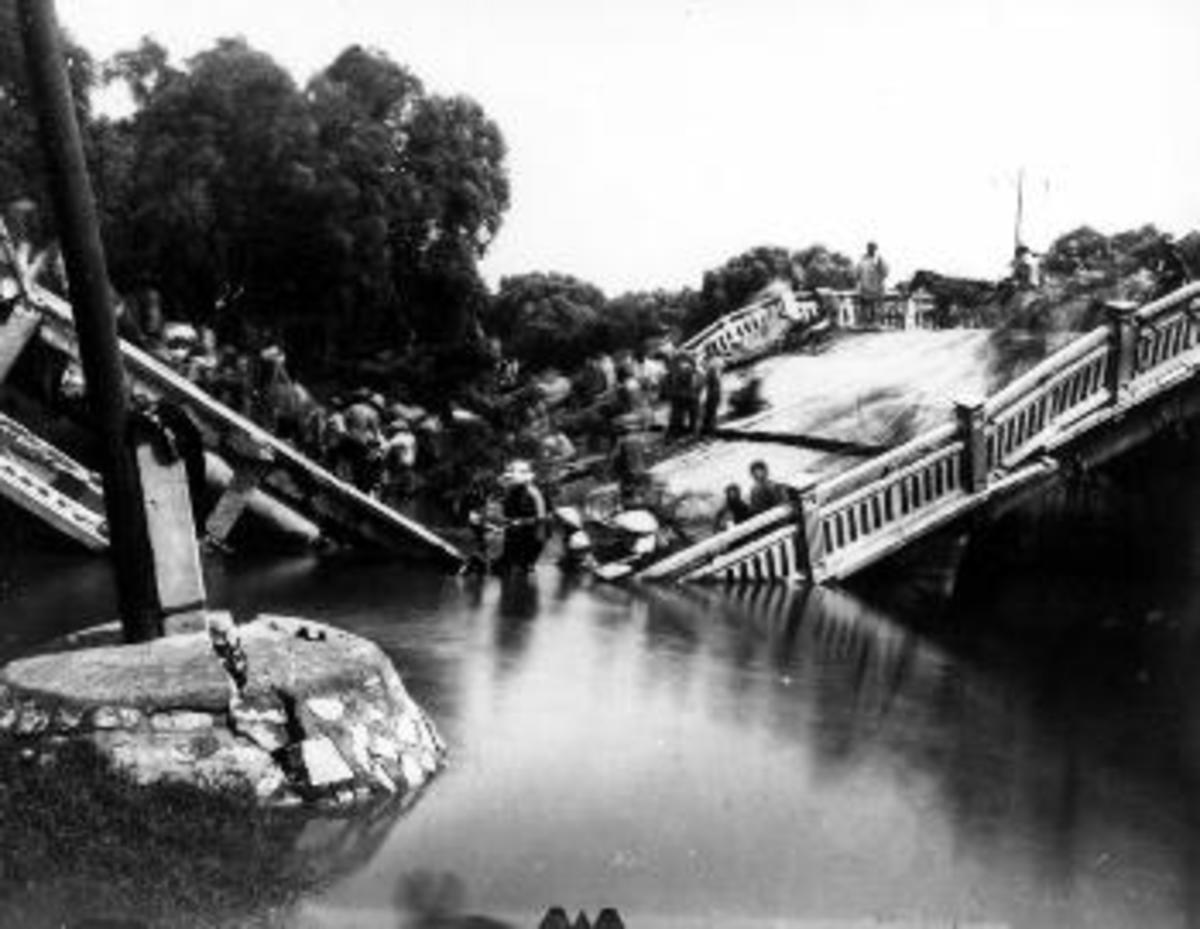Types Of Volcanoes
We all know what a volcano is. We have all seen it countless times on the television in documentaries; a huge eruption of earth’s surface followed by the release of molten red hot liquid called lava, ash and hot gases. And that’s what basically what a volcano is.
But there is a lot more to these volcanoes than just the simple bursting of earth’s surface. A volcano is a complex phenomenon which involves the rising of the magma present in the mantle due to the rise of heat in the core of the earth and its subsequent eruption by the rupturing of the crust.
Now what are mantle, core and crust? These are the three layers of earth surface. The top most layer is known as the crust. The crust is made up of solid rock and is relatively the thinnest layer of the three with its thickness varying from place to place.
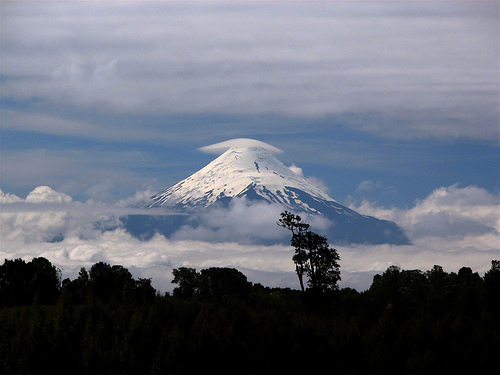
Below the crust is the mantle. The mantle consists of molten rock which is known as the magma. Below the mantle is the core. The core consists of a solid centre and an outer layer of liquid. The temperature at the core is almost 5000 °C.
When the heat rises from the core, it causes the mantle to rise too. If there are cracks on the crust or the tectonic plates (large pieces of broken crust) on earth’s surface are being divergent, it becomes easy for the magma to erupt and expel out with an explosion.
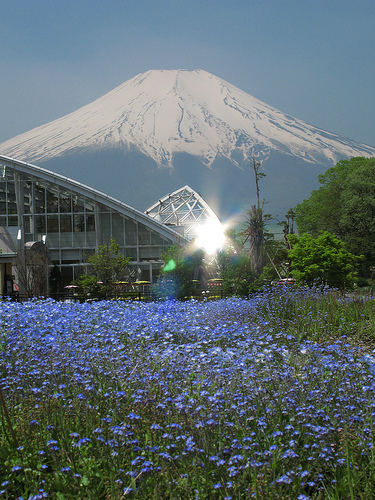
After the big explosion, a new crust is formed. Every year almost 2-3 cm of crust is formed due to the volcanic eruptions.
Volcanoes usually occur at the places where the tectonic plates on the earths crust are converging or there are cracks on its surface. The regions on earth’s surface that are likely to go through volcanic eruptions are referred to as the hot spots.
Having discussed all that, let us now delve bit deeper into the dark and murky world of volcanoes and discuss its different types.
Historic Volcanic Eruptions
- Volcanoes And Some Historic Eruptions
Volcano - it conjures up vivid, lucid images of red-hot lava spewing out of a looming mountain, like mountain of fireworks gone astray, bruising and charring everything that dares to come in its way.
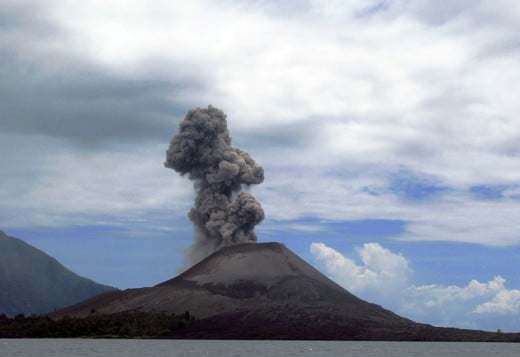
Famous Volcanoes Of The World
- Famous Volcanoes
Nature is full of diversity, and volcanoes are a part of these diverse features of nature. Volcanoes are known for their fury when they erupt, but not all volcanoes are lava spitting volcanoes or eruptive.
There are many different types of volcanoes. Following are five main types:
Subduction Volcanoes
This type of volcanoes occurs in places when the two plates on earth’s crust move towards each other and collide with great intensity, destroying the surface of the earth. On collision, the heavier and the denser plate of the two is forced to dive beneath into the mantle. This causes the mantle to heat up and melt. The melted mantle then rises up the surface and erupts with a great explosion.
The area where the Subduction volcanoes occur is known as the destructive margin plate. And the region where the plates are in contact is the Subduction zone.
Earthquake Zones And Fault Lines
- Earthquake Fault Lines
Fault lines are the lines that blot a frontier flanked by two tectonic tableware of the Earth's coating. - Major Earthquake Zones And Disasters
Earthquakes are one of the most hazardous of natural disasters. An earthquake happens due to the tension put on the ground by the tectonic plates when they get jammed or stuck.
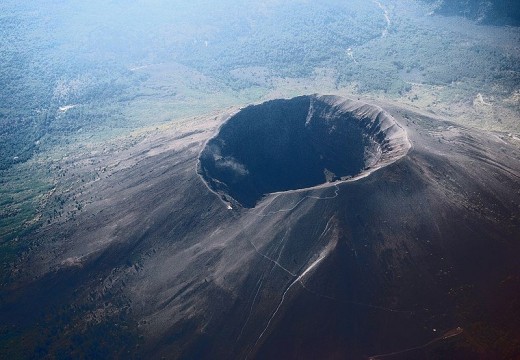
Composite Volcanoes
These types of volcanoes occur the most on earth’s surface are the composite volcanoes. They are also known as Stratovolcanoes.
In composite volcanoes, the release of ash, gases and lava is followed by large mud flows. These mud flows are extremely dangerous and are the reason why they composite volcanoes are the deadliest ones. A composite volcano is a steep coned volcano.
Top Mountains And Ranges Of The World
- Major Mountain Ranges Of The World
A Mountain Range is a collection of several high and low mountains, often termed as its peaks. - Famous Mountains
The word mountain takes it origin from the Latin word Montem and its use can be dated back to the 13th century.
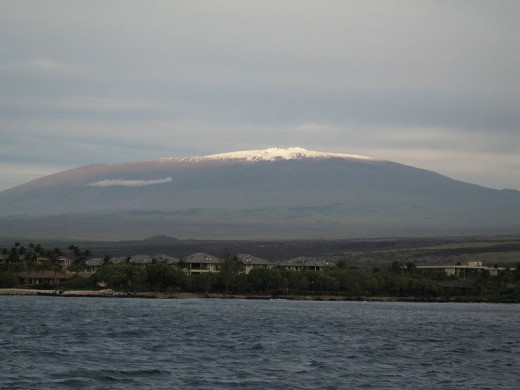
Shield Volcanoes
These volcanoes usually occur at the hotspots quite away from the tectonic plates. The shield volcanoes are huge and are characterized by the release of basaltic lava.
Shield volcanoes are comparatively less explosive but the lava released in the form of large fountains during the shield volcanoes can be extremely dangerous. The lava released is of low viscosity and can spread quite far from the vent. Shield volcanoes are more common in oceanic settings. For example, they occur quite often in Hawaii.
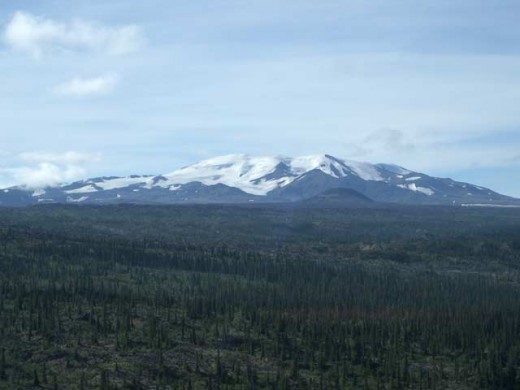
The Complex Volcanoes
Naturally all the volcanoes are complex, but a special tag of ’complex’ has been given to these volcanoes because during these volcanoes, the lava is erupted from not one but multiple vents.
Together these multiple lava eruptions form a complex of volcanoes.
Types Of Mountains
- Mountains
Mountains have always fascinated mankind. Their glorious heights, slopes and slippery features and stony structures have always been so captivating and intriguing.
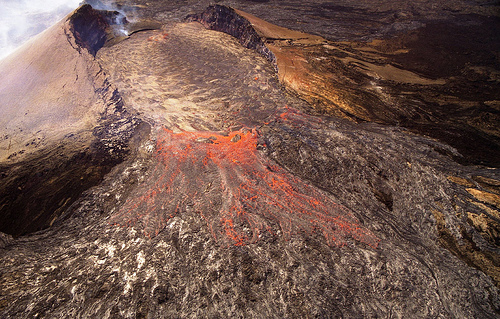
Spatter Volcanoes
The spatter volcanoes differ from the other forms in the sense that instead of being released in the form of fountains, the lava is released in the form of clots known as spatters.
The reason for this are the explosive gases released during the volcano along with the lava. On releasing, the gases expand, and tear the lava into clots. The clots when reach the earth they spread and solidify. Once solidified, they form accumulations known as spatter cones.

